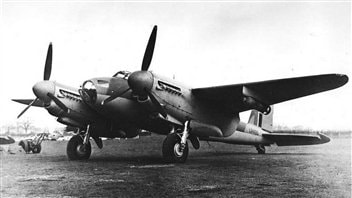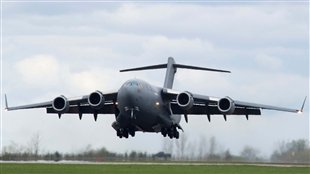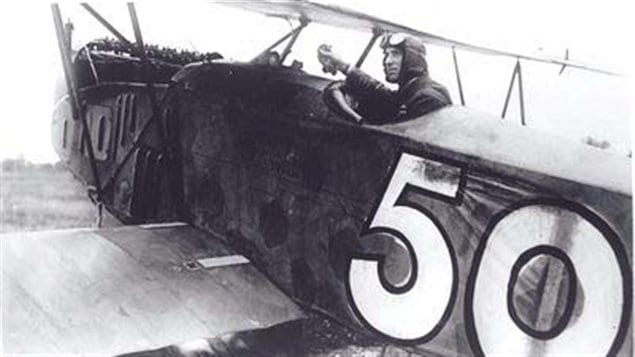It was April 1 ,1924 that the Royal Canadian Air Force came into being.
During the First World War, some 13,000 Canadians were serving in Britain’s Royal Air Force. In September of 1918, the Canadian government authorized the formation of the Canadian Air Force (CAF) in England under the command of LtCol “Billy” Bishop, one of the war’s greatest aces.
The CAF as a fighting force overseas was disbanded in 1920, and a new domestic CAF was created under the Air Board controlling civilian and military operations. The CAF was mostly a non-permanent force, oriented as much toward civil operations as well as refresher courses for ex pilots and crew.

By 1922, there was a realization that a huge country like Canada needed some kind of permanent air force, and the civilian Canadian Air Board and CAF was reorganized. The Canadian Air Force received the “Royal” prefix on April 1 1924, and became a permanent operation with 62 officers and 262 airmen.
It was commanded by William Barker, another of the First World War’s top aces.
It’s work however continued to be mostly non-military in nature, such as photo-survey, casualty evacuation, air mail delivery, fisheries and border patrol, and utility transport for government officials.
It was only in 1936, when the Department of Transport was created to assume civilian responsibilities, that the RCAF began to become a truly military oriented force.
As war clouds loomed, the RCAF began to grow. During WWII, the creation of the enormous British Commonwealth Air Training Programme during WWII, meant airdromes sprang up all over the country.

Canadian plants began turning out warplanes from Hurricane fighters, to Mosquito fighter bombers, to Lancaster bombers, in addition to vast numbers of training planes.
By the end of the war, Canada had the fourth largest air force in the world. It’s air crew would continue to distinguish themselves in service in Canada and operations around the world from Korea, the Cold War in Europe, to the present.







For reasons beyond our control, and for an undetermined period of time, our comment section is now closed. However, our social networks remain open to your contributions.